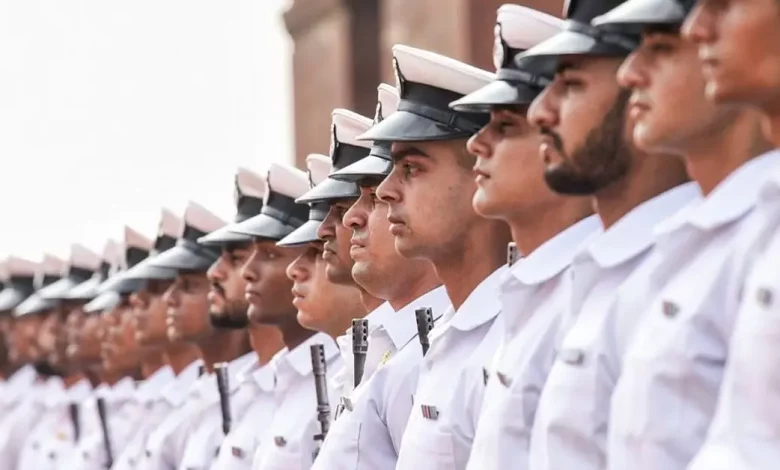Daily Current Affairs for UPSC
Indian Navy trying to hunt down pirates involved in hijacking attempt
Syllabus: International Relations[GS Paper-2]

Context:
- The Indian warship INS Chennai and its marine commandos successfully stopped an attempted hijacking of a merchant vessel called ‘Lila Norfolk’ that had a Liberia flag.
- The Indian Navy successfully rescued all 21 crew members, including 15 Indians, from the merchant ship Lila Norfolk after it was targeted for hijacking.
Key Points:
- When the ship Lila Norfolk was approximately 460 nautical miles off the coast of Eyl, Somalia, it issued a notice via the UK Maritime Trade Operations system.
- There was a suspected boarding by five to six armed individuals, according to the message.
- The warship INS Chennai, which was on a nearby anti-piracy mission, was redirected by the Indian Navy in retaliation.
- To further guarantee the crew’s safety, a Maritime Patrol Aircraft (MPA) established touch with the ship during a dawn flight.
Maritime Piracy:
- Maritime piracy, according to UNCLOS, refers to criminal activities such as kidnapping, violence, and robbery committed by individuals on private boats or ships for personal gain.
- UNCLOS is an international treaty that was established in 1982 to establish rules and regulations for the use of the world’s oceans and seas.
- Piracy occurs on the open sea and involves targeting another vessel or its occupants and belongings.
Threats posed by maritime piracy:
- Piracy presents different threats and issues, such as physical injuries and kidnapping of people for ransom.
- It also disturbs trade routes, delaying the delivery of goods and tampering with global commerce.
- Piracy also allocates financial losses to businesses in the form of stolen cargo and costs associated with implementing anti-piracies measures.
- Furthermore, there are environmental risks associated with piracy due to such illegal activities as oil theft and pollutant dumping.
- Piracy is also a concern for security in coastal regions and international waters because of the need to enhance naval as well maritime securities.
- In addition, piracy can be linked to large security issues such as terrorism and organised crime, which undermine global safety.
Several steps implemented by India:
- The Indian government through various operational steps has tried to combat piracy, it sends naval ships and armed helicopters in high risk regions.
- The Indian Navy has been undertaking anti piracy patrols in the Gulf of Aden since 2008 and has deployed task groups to assist merchant vessels during such incidents.
- There has also been enhanced aerial surveillance to ensure full maritime domain awareness.
- India also takes part in multilateral platforms, such as the Regional Cooperation Agreement on Combating Piracy and the Regional Maritime Security Initiative.
- The Indian Navy has set up organisations such as the Information Management and Analysis Centre and the Information Fusion Centre for the Indian Ocean Region to ensure maritime security.
- Legislative actions have been carried out, such as the passing of the Maritime Anti-Piracy Act , 2022 in order to apprehend and bring pirates into justice.
- The government’s SAGAR Doctrine is about maritime cooperation in the Indian Ocean region.
Source: Indian Express





.png)



